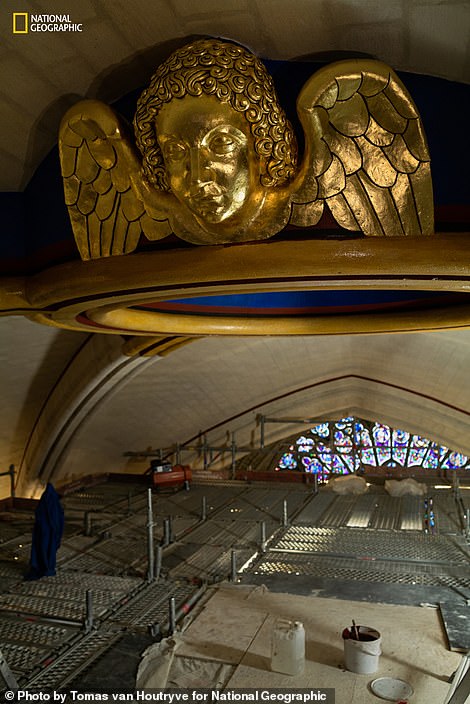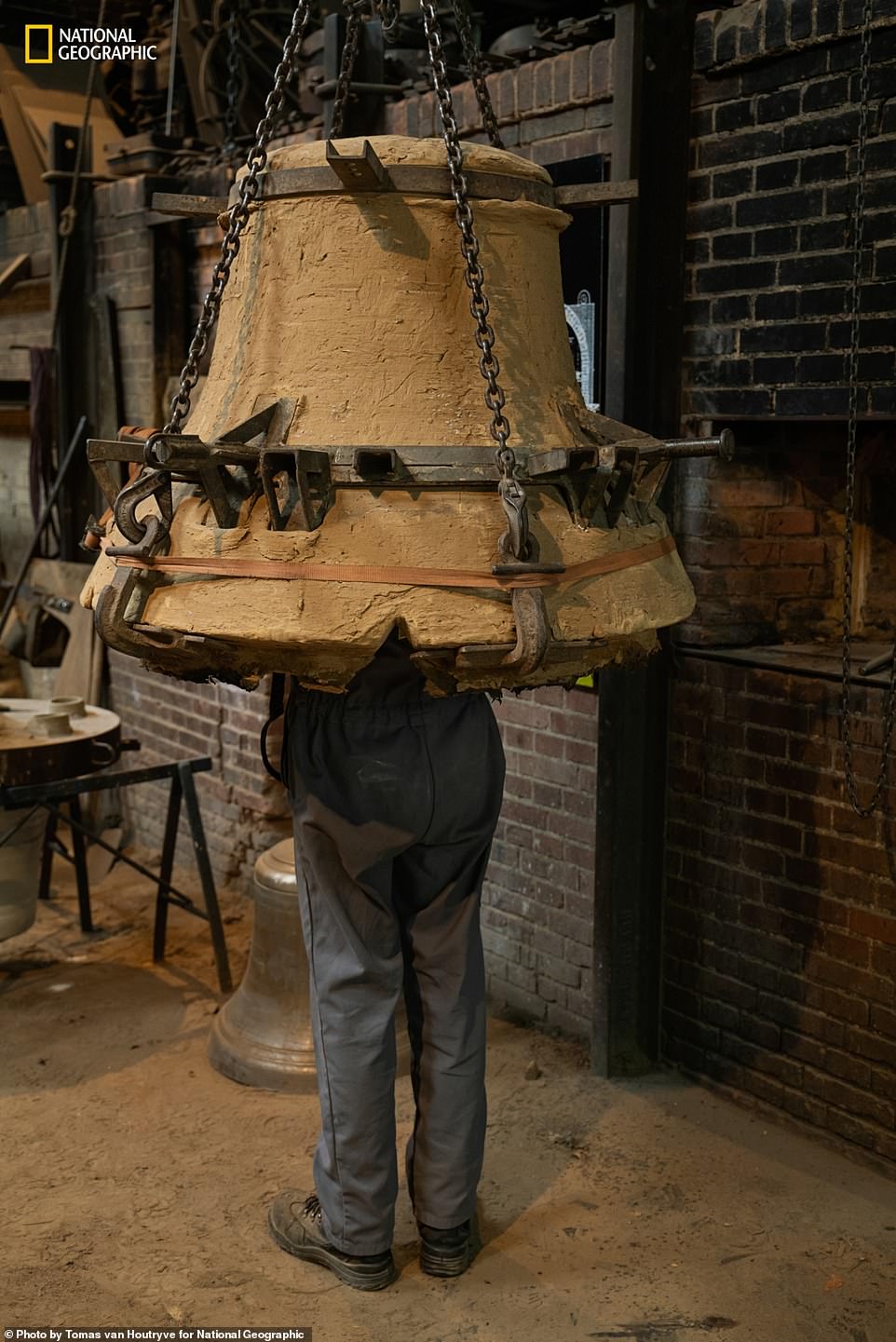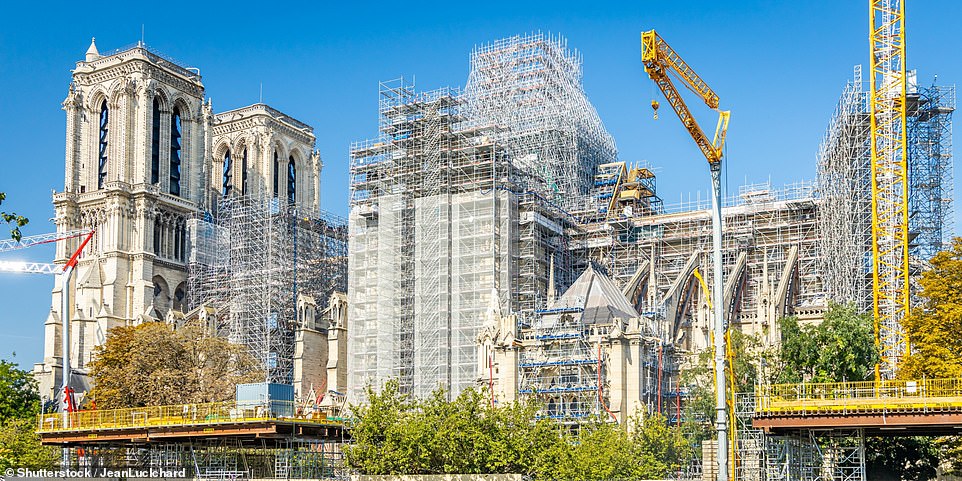When Notre-Dame Cathedral in Paris reopens visitors ‘will be stupefied, awestruck, by the interior – it will be a shock’.
This declaration was made by Philippe Jost, president of the special public authority overseeing the restoration, to National Geographic writer Robert Kunzig, who, along with Paris-based Nat Geo photographer Tomas van Houtryve, was given a sneak peek of the interior ahead of the landmark throwing open its doors on December 8.
A devastating fire engulfed the 800-year-old monument on April 15, 2019.
Since then, more than 250 companies and hundreds of skilled artisans have been hard at work rebuilding what is undoubtedly one of the most famous – and historically valuable – tourist attractions in the world.
Writing in the December 2024 issue of National Geographic, Kunzig sheds light on why Jost is convinced that visitors are about to be held spellbound, explaining that ‘walls, stained glass, paintings, and sculptures have all been cleaned and restored, all at once, for the first time since the 19th century’.





In total, 2,000 statues and decorative features have been refurbished or re-created and 2,400 oak trees felled to rebuild the spire and roof framework.
Van Houtryve’s photographs showcase the transformation – and here we present four of them.
One image shows Notre-Dame’s nave – ‘cleaner and brighter than anyone alive has seen it before’.
Another reveals a rebuilt stone oculus at the top of a vaulted ceiling.
Van Houtryve also turned his lens on damaged gargoyles and newly sculpted replicas, waiting to be hoisted into place.
A fourth image shows a craftsman inspecting a special mould created to repair one of the damaged bells.
Kunzig adds: ‘No cathedral is more important, to France or to the world.
‘[And] it has been rebuilt exactly as it was before the fire.’
For more on this story visit www.nationalgeographic.com/history/article/notre-dame-cathedral-restoration-reopening.



